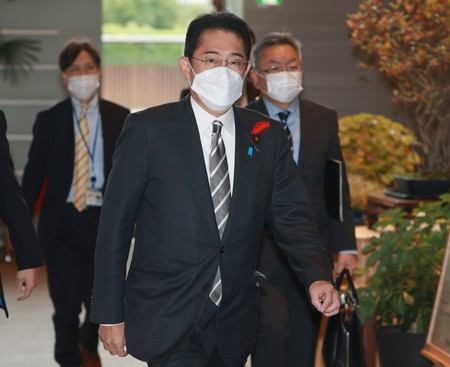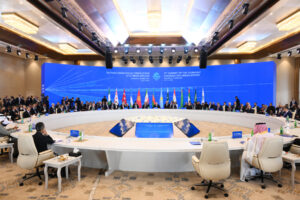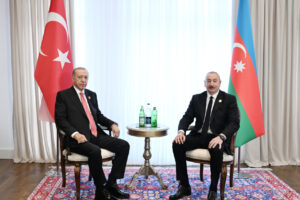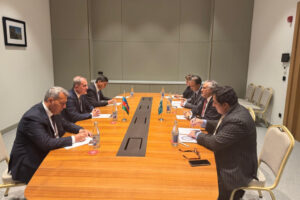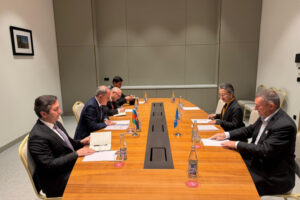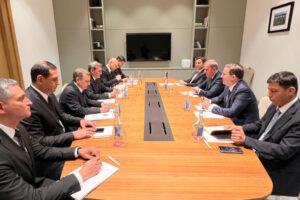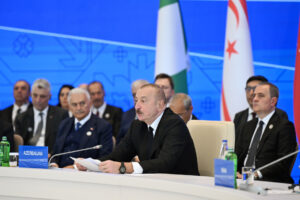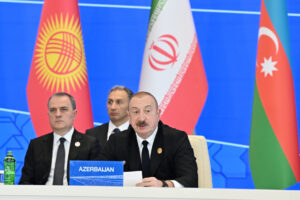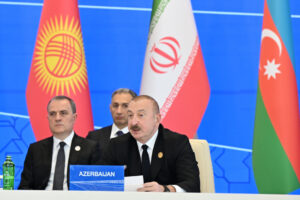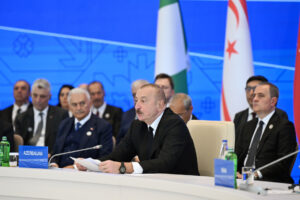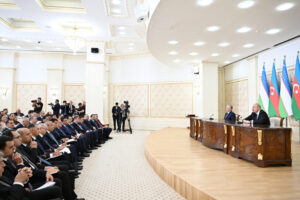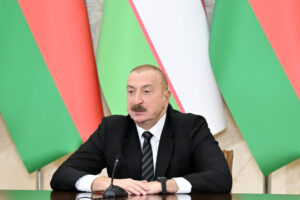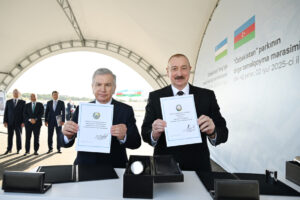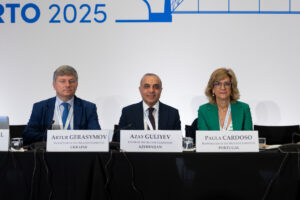Tokyo, 1 November, /AJMEDIA/
Foreign currency interventions, when conducted unannounced, are designed to maximize the effect of correcting rapid currency moves and such operations are effective “to a certain degree,” Finance Minister Shunichi Suzuki said Tuesday.
Suzuki reiterated Japan will take appropriate action to address excessive volatility in the currency market by keeping close tabs on developments with a high sense of urgency.
His remarks came as the U.S. Federal Reserve is expected to go ahead with another rate hike at its policy meeting this week, a decision that would widen the interest rate differential between the two nations.
Following the yen’s drop to the lowest level in over three decades, Japan spent a record 6.35 trillion yen ($43 billion) in October in what were seen as multiple interventions to slow the yen’s fast depreciation against the U.S. dollar, on top of 2.84 trillion yen the month before, ministry data showed Monday.
“There are times when we make announcements after we intervene while at other times we don’t,” Suzuki told a press conference. “The aim is to maximize the effect of correcting rapid currency fluctuations.”
“We cannot tolerate excessive volatility caused by speculators,” the finance chief added.
Japan announced it intervened on Sept. 22, its first yen-buying, dollar-selling operation since 1998, but it kept silent thereafter. The ministry data for the period from Sept. 29 to Oct. 27, however, showed the government had carried out at least one “stealth” intervention, intended to keep market participants guessing about whether authorities were actually in the market.
After the first round on Sept. 22, Japanese authorities likely intervened at least twice, on Oct. 21 and 24, sending the yen sharply higher against the dollar in a short span of time.
The yen’s recent weakness reflects the diverging monetary policies of Japan and the United States. The Bank of Japan is in no hurry to tighten its monetary policy while its global peers, including the Fed, have been raising rates to tame surging inflation.
“There is no doubt that the recent pickup in inflation is mainly caused by higher import costs. Higher commodity prices, which are behind the rise, are adding downward pressure to the economy as income is flowing out of Japan,” BOJ Governor Haruhiko Kuroda told a parliamentary session.
“The economy is still in the midst of its recovery from COVID-19 so we believe it is necessary to underpin the economy with monetary easing,” Kuroda said, taking the view that the policies of the BOJ and the government are “complementary,” not contradictory.
Critics say the BOJ and the government are not on the same page. The central bank is perceived as accelerating the yen’s fall with its monetary easing while the latter is seeking to stop it by stepping into the currency market and taking steps to ease the pain of rising prices, inflated by the weaker yen, on households.

